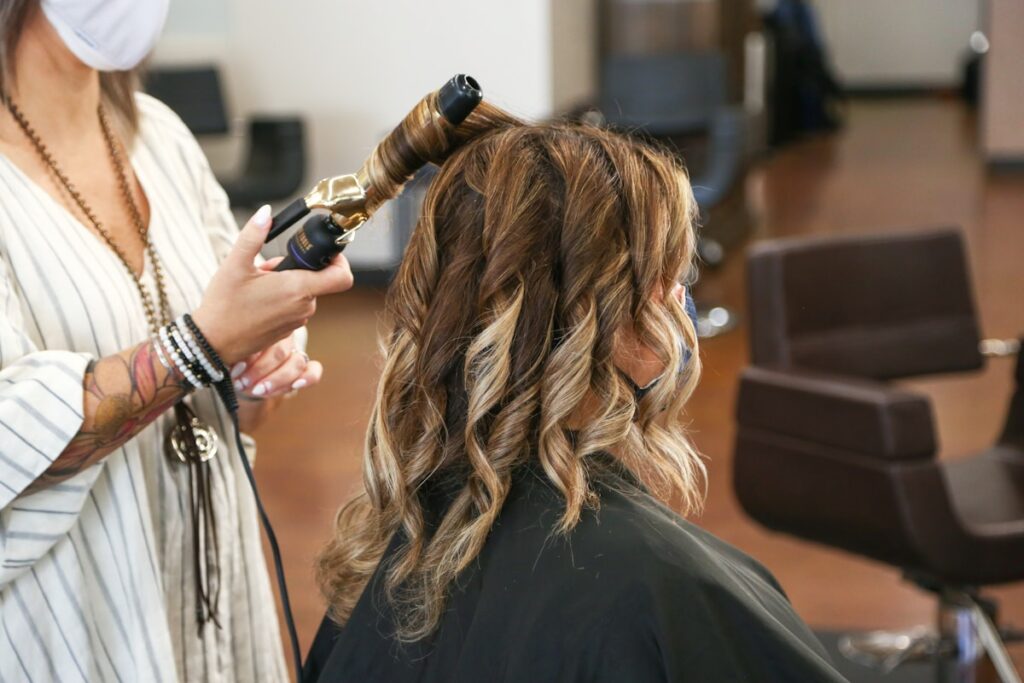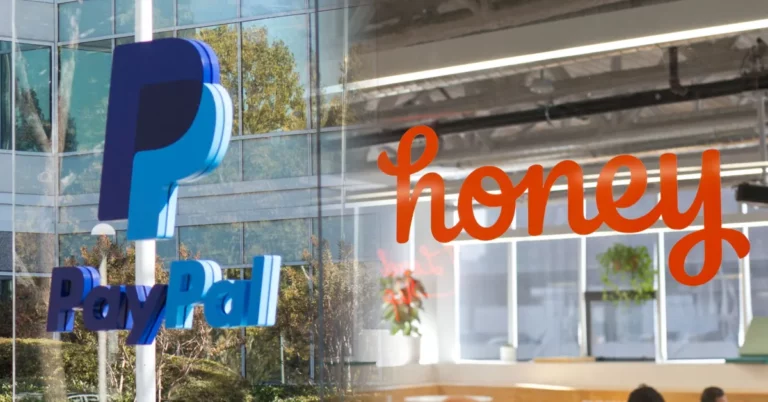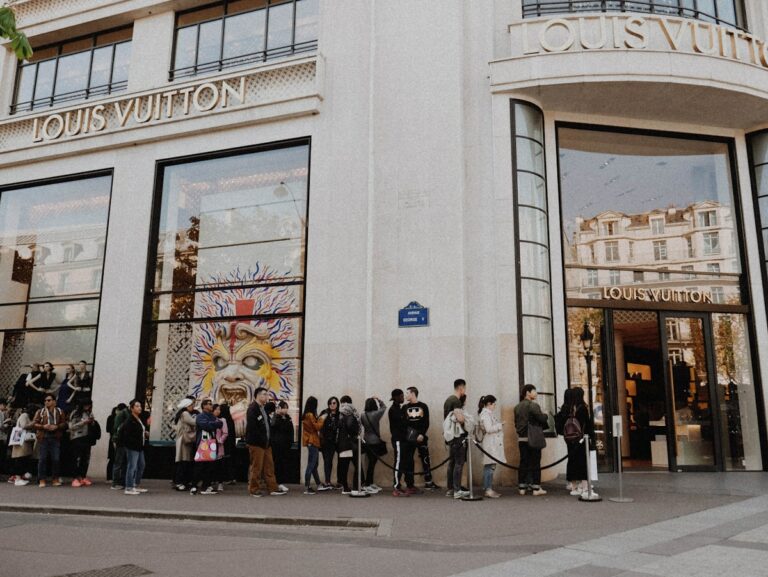Every time you leave a hairdresser salon, one burning question pops up: why women’s haircuts often come with a heftier price tag than men’s? Initially, it may come across as a straightforward gender pricing issue, but the reasoning extends deeper into styling complexities, skill set and market dynamics.
When we consider the key distinctions between services provided for women and men, several factors immediately stand out:
Time and Complexity
It’s generally observed that women’s haircuts involve a lengthier time commitment. The stylist not only cuts but also styles, blow-dries, and sometimes even provides a basic conditioning treatment. The complexity of cuts can vary dramatically, from layering to maintaining different hair textures which typically aren’t as prevalent in men’s haircuts.
Women’s styles often demand a broader array of tools and products to achieve the desired end look — from curling irons to various gels and mousses. Each product or tool used by a stylist contributes to the overall cost of the service.
The level of expertise required to proficiently cut and style women’s hair can be more demanding, often requiring stylists to undertake additional training or specialisation. This higher level of training, combined with the expectation of staying updated with contemporary styles, justifies higher charges.
Market Dynamics and Perceptions
Men typically visit salons more frequently for trims and upkeep, whereas women might space out visits while paying more for each session. The pricing, therefore, reflects not just the service but also the sustaining business model which balances lesser frequent visits against higher charges.
There’s also the perceived value of a haircut. Styling women’s hair often creates a visible transformation, adhering to the narrative that more ‘dramatic’ changes should be more costly. Salons might price services based on the perceived value delivered to the client.
Empowerment through Information: For many, understanding these factors doesn’t fully justify the disparity. This has prompted a growing dialogue about how hair salon pricing structures might evolve. The modern push towards gender-neutral pricing models, where services are charged based on hair length and complexity rather than the customer’s gender, shows a shift towards more equitable pricing.
The Role of Advocacy and Change: The discussion around fair pricing is often underpinned by wider gender fairness issues. Campaigns and consumer awareness can fundamentally alter how services are priced and delivered.
The Future of Haircut Pricing
Looking forward, the industry might see a more pronounced move towards:
- Transparency in Pricing: Salons may begin listing prices more clearly by service type and complexity rather than by gender.
- Customisation of Services: More stylists might offer consultations to better understand the needs and budget constraints of their clients, leading to personalised service bundles.
- Educating Clients: Professionals might spend more time educating clients about what goes into their pricing, why certain services cost what they do, and how clients can choose options that suit their needs and wallets.
A Cut Above the Rest
While the difference in pricing between women’s and men’s haircuts can often seem steep, understanding the nuances helps in appreciating why this disparity exists. However, it’s crucial to continue questioning and conversing about these practices to ensure that the evolution towards fair pricing continues. With an informed clientele and a responsive industry, the future looks promising for not just a trim, but a transformation in haircut pricing.
Do you want to share your story and inspire our readers ? Know that YOUR EXPERTISE is paving the way for a fairer, happier society.






